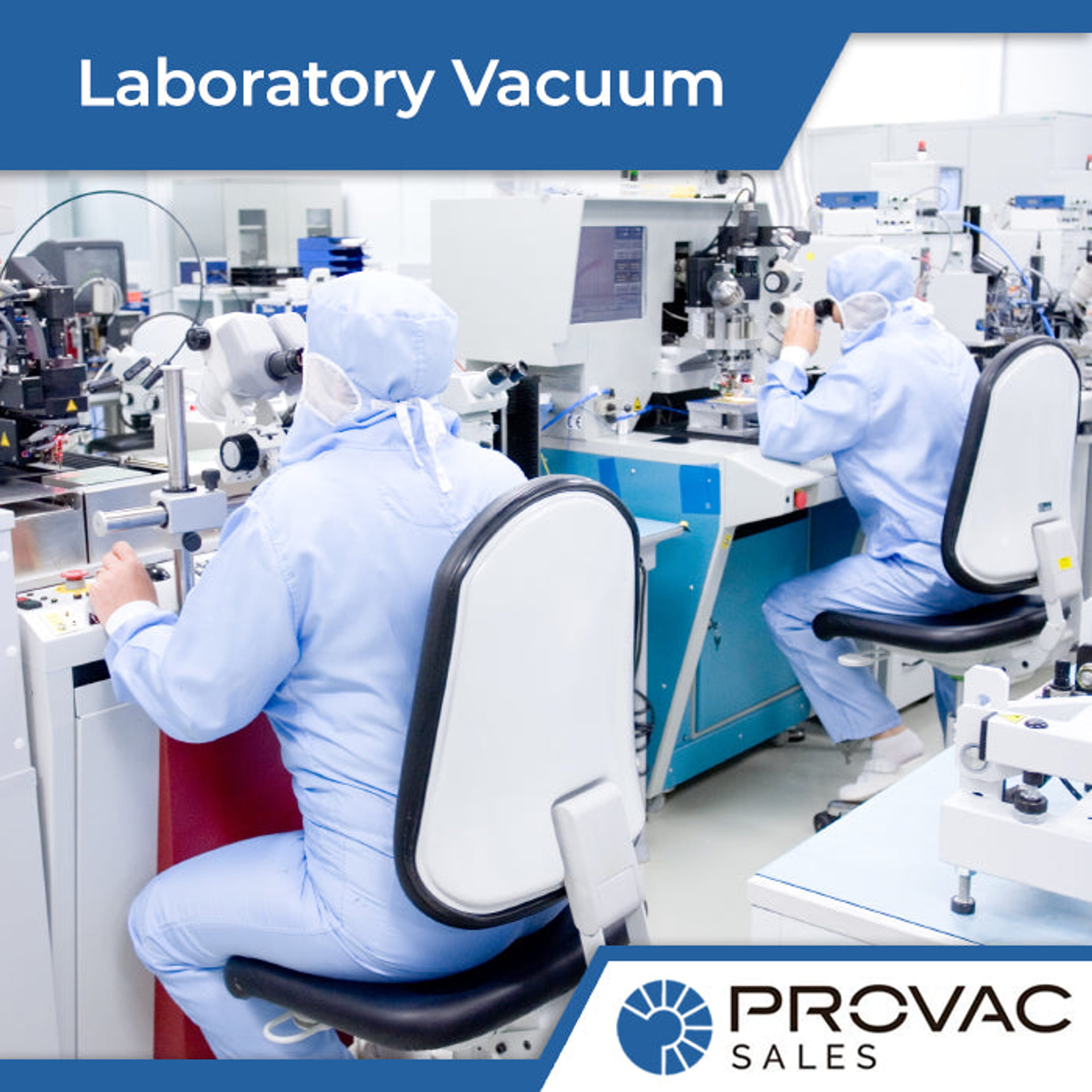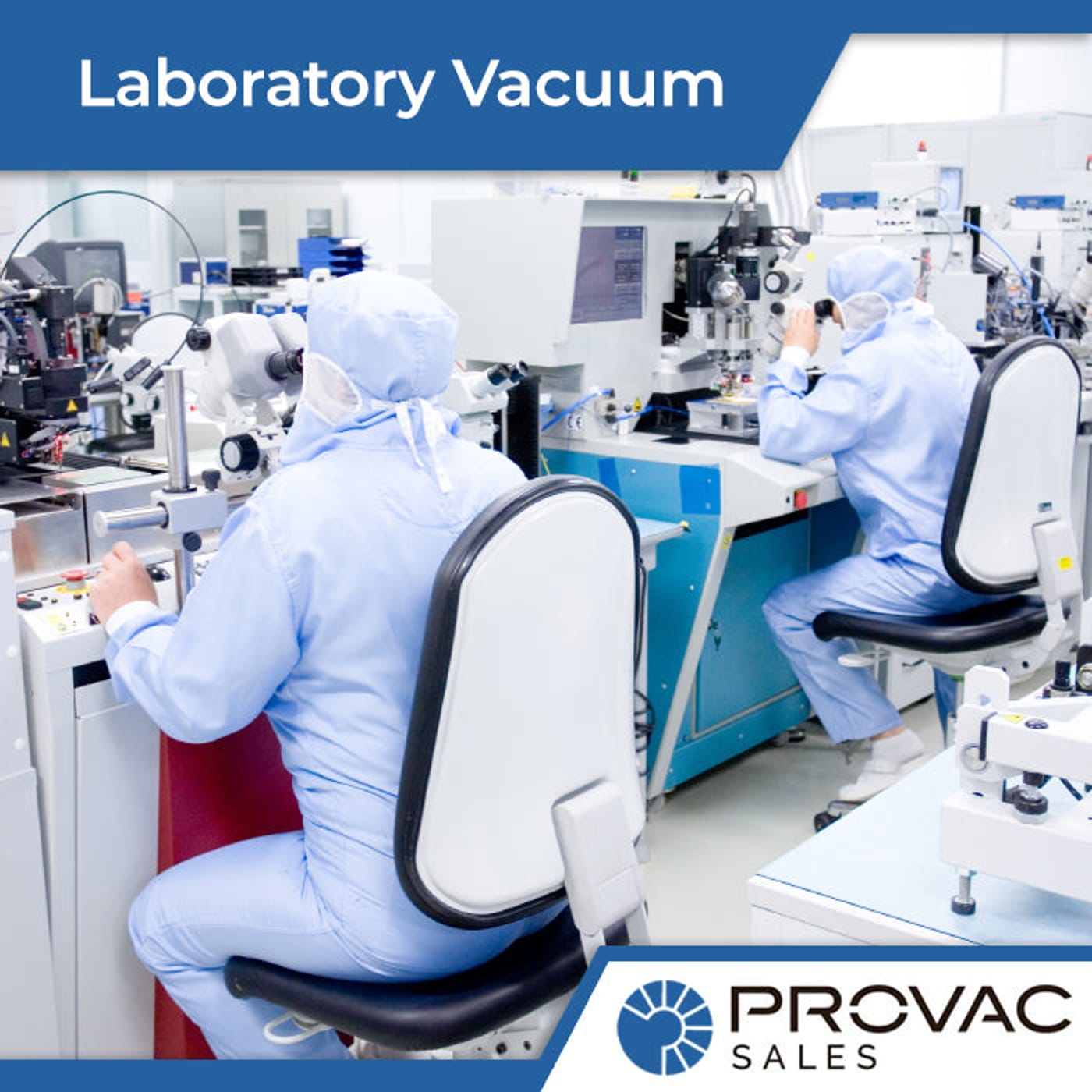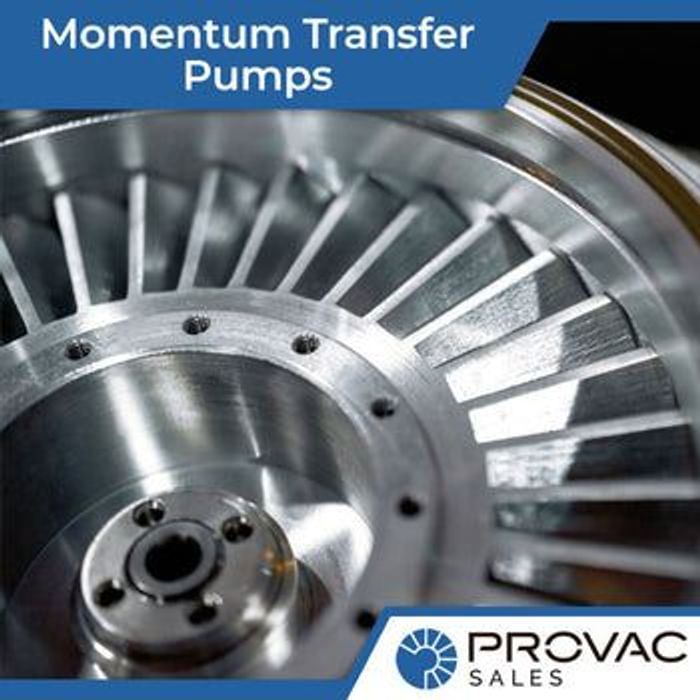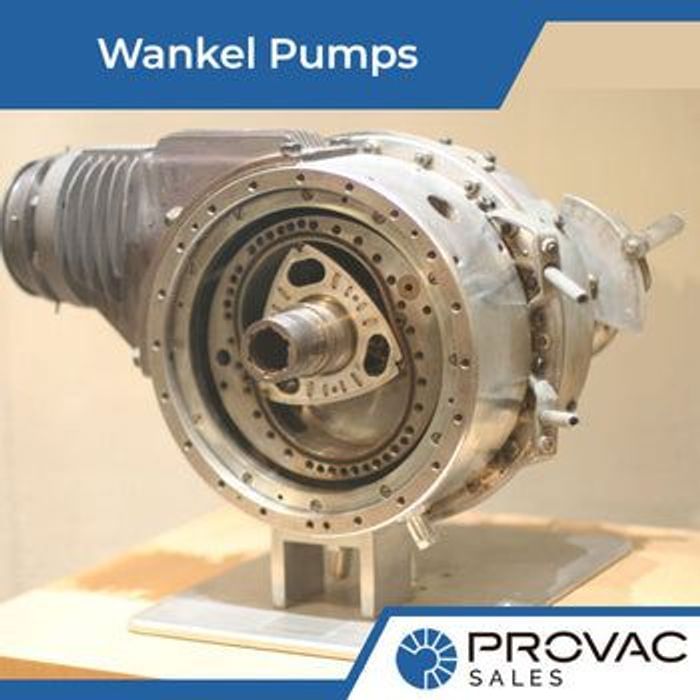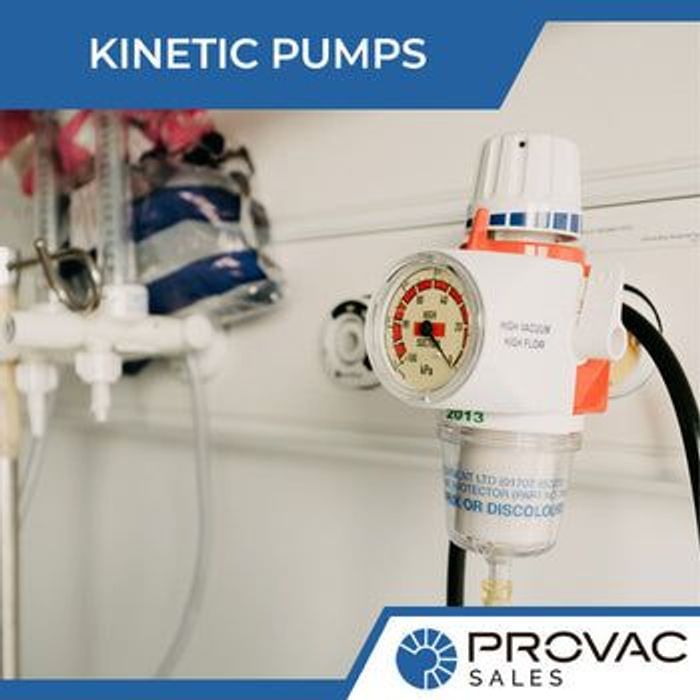Laboratory vacuum pumps are adaptable tools which can help many different engineers and research scientists. Labs routinely use laboratory vacuum pumps in order to do the following:
- Provide suction that drives the filtration or aspiration of suspended or liquid samples
- Control or induce solvent evaporation through the reduction of vapor pressure, like in concentrators, gel dryers, rotary evaporators, and ovens
- Improve the detection sensitivity of instruments through the evaluation of air molecules that might contaminate or just obscure samples, like in a mass spectrometer
- Collect gas samples either from the atmosphere or test chambers
- Provide an environment of negative pressure that's less than the surrounding standard atmospheric pressure in order to prevent the escape of possibly hazardous sample materials.
The first two applications among that list represent the broad majority of uses for lab vacuum pumps used by life science and chemistry labs.
Vacuum pumps, which support instrumentation sensitivity, are typically integrated with the instruments they support such as scanning electron microscopes, mass spectrometers, glove boxes, lyophilizers, and gas chromatographers. Many end-users are not aware of the vacuum pump’s existence until it fails.
Scanning Electron Microscopes, Mass Spectrometers, and Gas Chromatographers all contain both high vacuum and rough vacuum pumps, both of which need to be serviced at certain intervals. Unfortunately, these pumps are often well hidden in the internals of the tool which deters from the end-user wanting to service the pumps. For the high-vacuum pump, typically turbo pumps, service including bearing replacement need to be performed at various intervals in order to extend the life-span of the equipment and ward-off catastrophic failure to the rotor assembly. On the rough vacuum side, oil sealed vane pumps require fluid changes to flush contaminants and old fluid out of the system as well as require preventative maintenance such as vane and seal replacement at certain levels. Running oil seal vane pumps without changing the fluid or allowing fluid levels to drop under recommended levels can cause catastrophic damage to the vane pump. Newer systems may be fitted with a dry-roughing pump such as a dry scroll pump. Dry scroll pumps also require preventative maintenance such as tip-seal and bearing replacement to extend the lifespan of the unit and prevent major damage to the scroll plates.
Glove boxes and lyophilizers typically have a rough vacuum pump such as an oil-sealed vane, dry scroll, or dry diaphragm. Depending on the process that is run through the system, contaminants, by-products, and water can accumulate in the vacuum pumps causing potential damage if not addressed. Maintaining the rough pumps at manufacturer recommended intervals such as fluid changes for the oil sealed vane pumps, and air flushes for the dry diaphragm and dry scroll pumps help to extend the lifespan of the unit.
Additional to in-lab tooling, many laboratories, particularly those in older lab buildings, come equipped with 'house vacuum' or central vacuum systems. These systems are often convenient, particularly when teaching labs, especially labs where the main applications are aspiration and filtration.
The competing uses placed on central vacuum systems frequently lead to conflicts between users who connect and disconnect the vacuum apparatus since they need intermittent and brief vacuum support and users who just need stable vacuum support. This instability in vacuum systems can be particularly problematic for modern and multidisciplinary lab buildings. The vacuum levels which they can get to are quite modest, as a new building might hit around 75 Torr. This means the vacuum they offer is not sufficient for a lot of evaporative chemistry applications that might need dedicated pumps in any case. Since central systems are installed during the original building construction, they're can be more difficult to adapt to the changing needs of a lab building, unless they're overbuilt in order to meet every potential future need.
House vacuum systems will suck biological aerosols and chemical vapors away from certain applications and into the vacuum tubing that is behind the walls. There, cross-contamination is possible among the various vacuum applications in a number of different labs, or things might just condense inside the tubing and then deposit there as a relatively unknown mixture of chemicals during the life cycle of the building. Finally, since house vacuum systems make things just 'vanish' into the wall, many users might be less careful in avoiding aspirating particulates or fluids into the system than they might otherwise be if using a pump sitting on their lab bench.
One other vacuum source that's a familiar sight in many labs is that of the 'vacuum aspirator' or 'water jet pump'. These devices get attached to a sink faucet in the lab, as the rapid flowing of water through this device results in a vacuum inside a side-arm which is connected to the vacuum application. Historically speaking, water aspirators were quite popular given their low acquisition costs and their relatively deep vacuum of 10 to 15 Torr. The vacuum levels do vary with water temperature and pressure, although even in a case of modest use, they can go through 50,000 gallons of water in a year per aspirator. Multiplied across the many labs of a science building, and the water waste, as well as cost, since the water gets contaminated with many entrained lab vapors, can prove significant, even in parts of the country where water isn't a scarce resource. Some states have actually banned labs in their borders from using water aspirators just because of this.
The limited capacity and inflexibility of a central vacuum system, as well as the operating costs and environmental impacts of water aspirators, means that more scientists are choosing individual vacuum pumps as the way to go in their laboratories. Picking the proper vacuum pump can enhance productivity and convenience in your lab, whereas picking the wrong pump might interfere with the scientific objectives you have, leading to an unpleasant lab environment and significant service demands.
